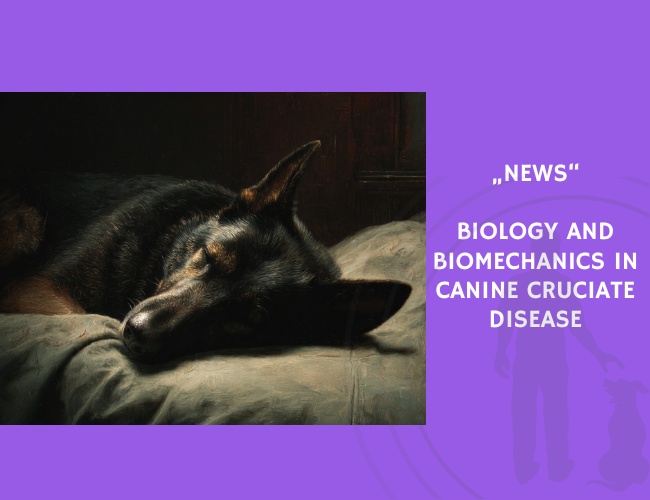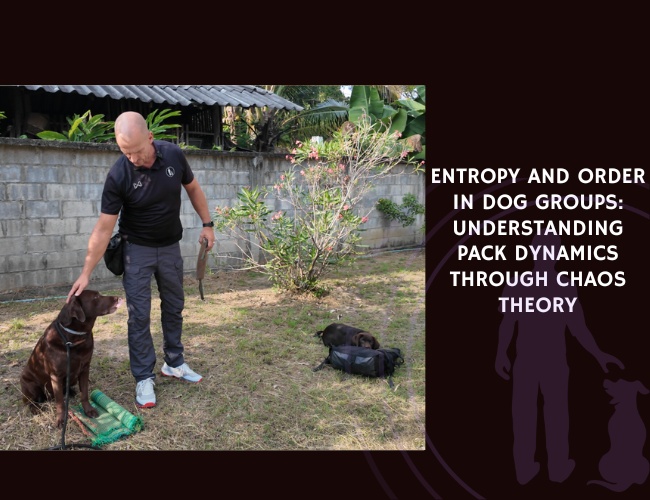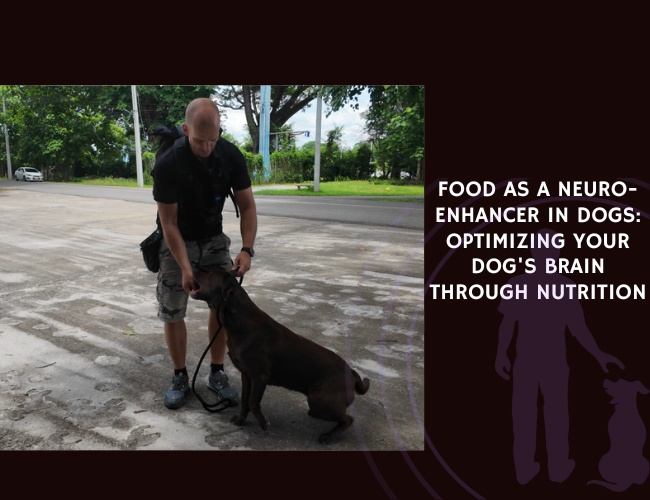The cranial cruciate ligament is one of the most critical stabilizing structures in the canine stifle joint. Its failure leads to pain, instability, and the onset of osteoarthritis. A review published in April 2010 in the journal Veterinary Surgery analyzed the interplay between biology and biomechanics in the development of cruciate ligament disease in dogs.
Author J. Cook described the stifle joint as a complex organ composed of multiple tissues that must function together to maintain joint health. When either biological or biomechanical systems are disrupted, a cascade of dysfunction occurs. This disruption ultimately results in a common pathway of ligament degeneration, inflammation, abnormal load distribution, and joint failure.
The review highlighted how risk factors, including genetics, immune response, and conformation, contribute to biologic pathology. Meanwhile, repetitive stress, joint instability, and altered motion patterns drive biomechanical pathology. Together, these mechanisms accelerate damage, producing clinical signs such as lameness, pain, and limb dysfunction.
Understanding both pathways is crucial for advancing preventative strategies, improving diagnostic approaches, and refining therapeutic options for affected dogs. The author concluded that future progress depends on integrating biomechanical research with studies of biological processes to create more effective treatments and preventive care protocols.
Source: Cook, J. Veterinary Surgery, April 2010.










